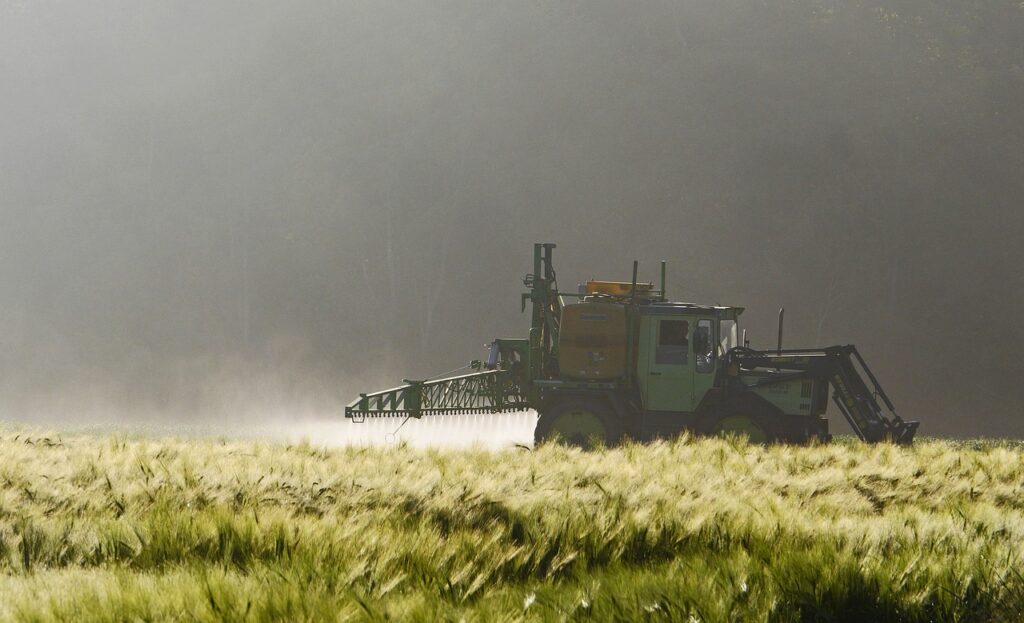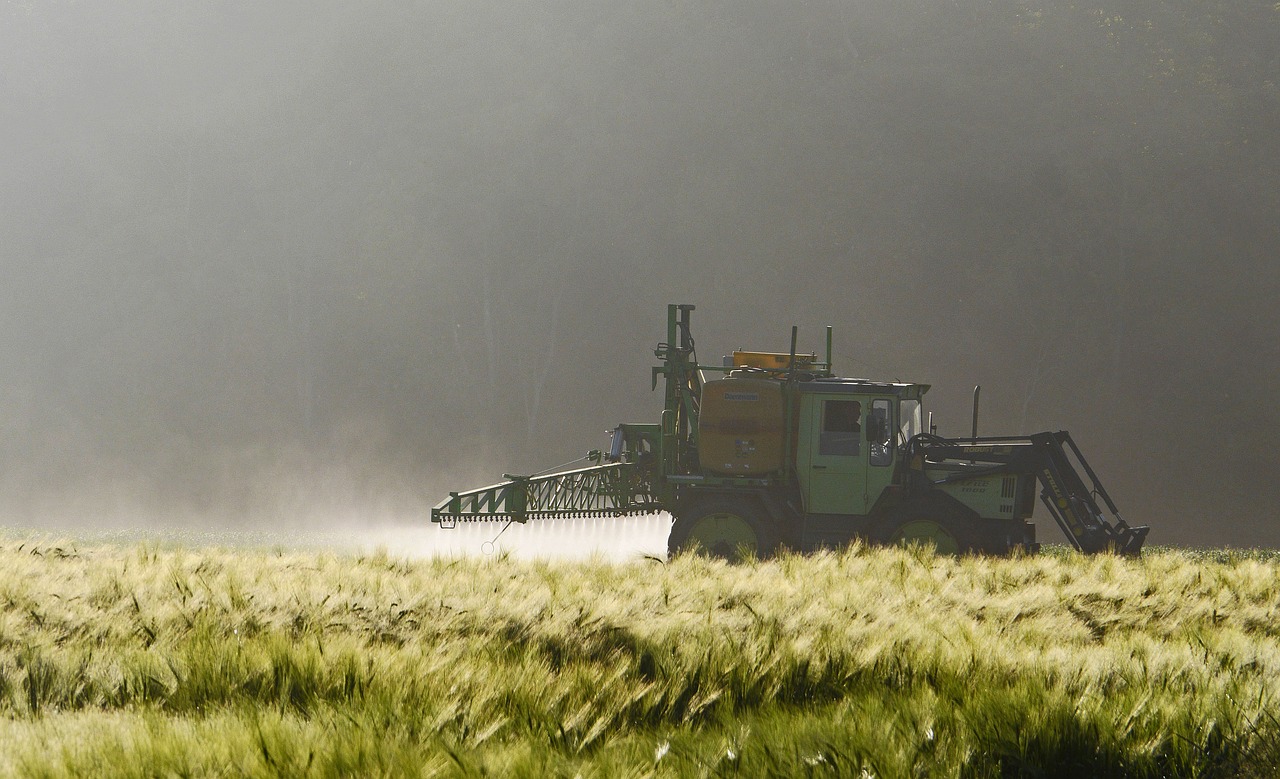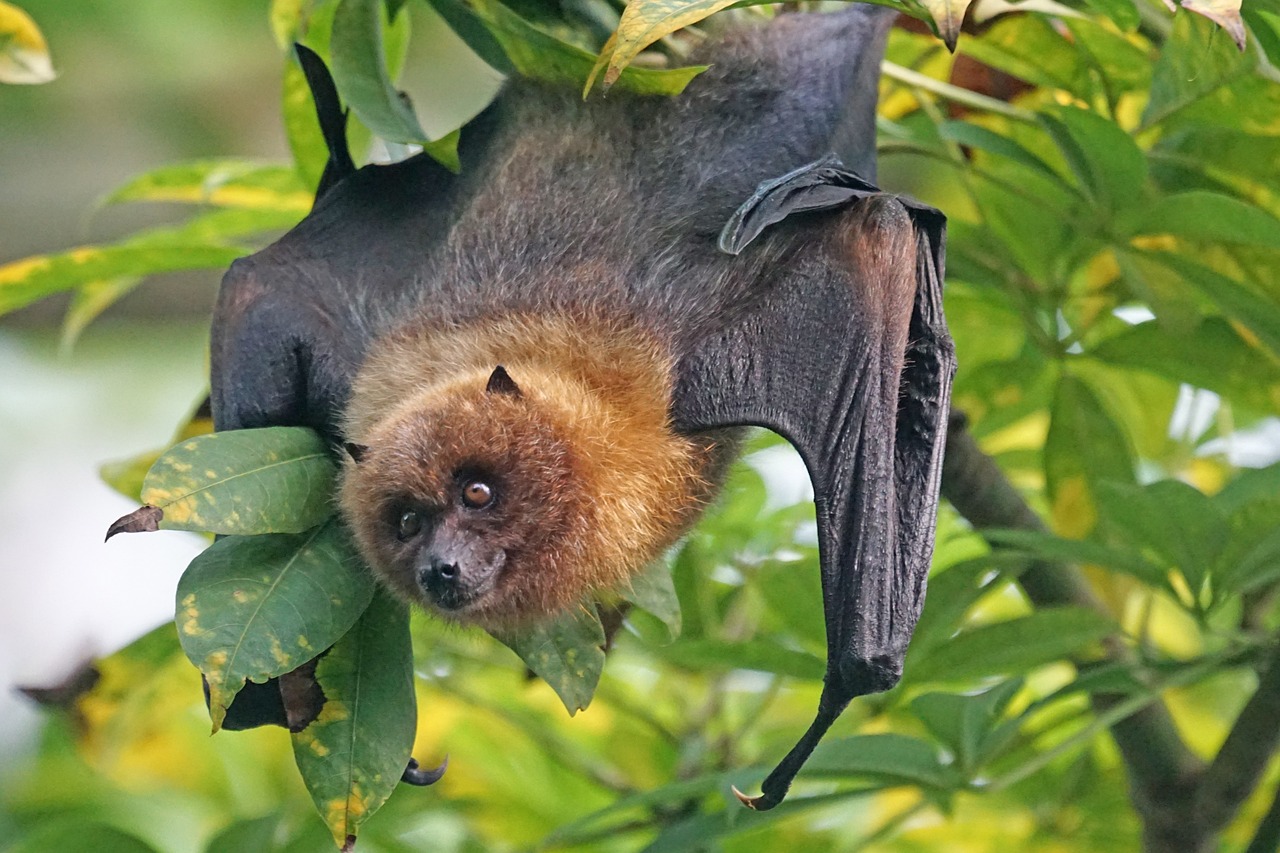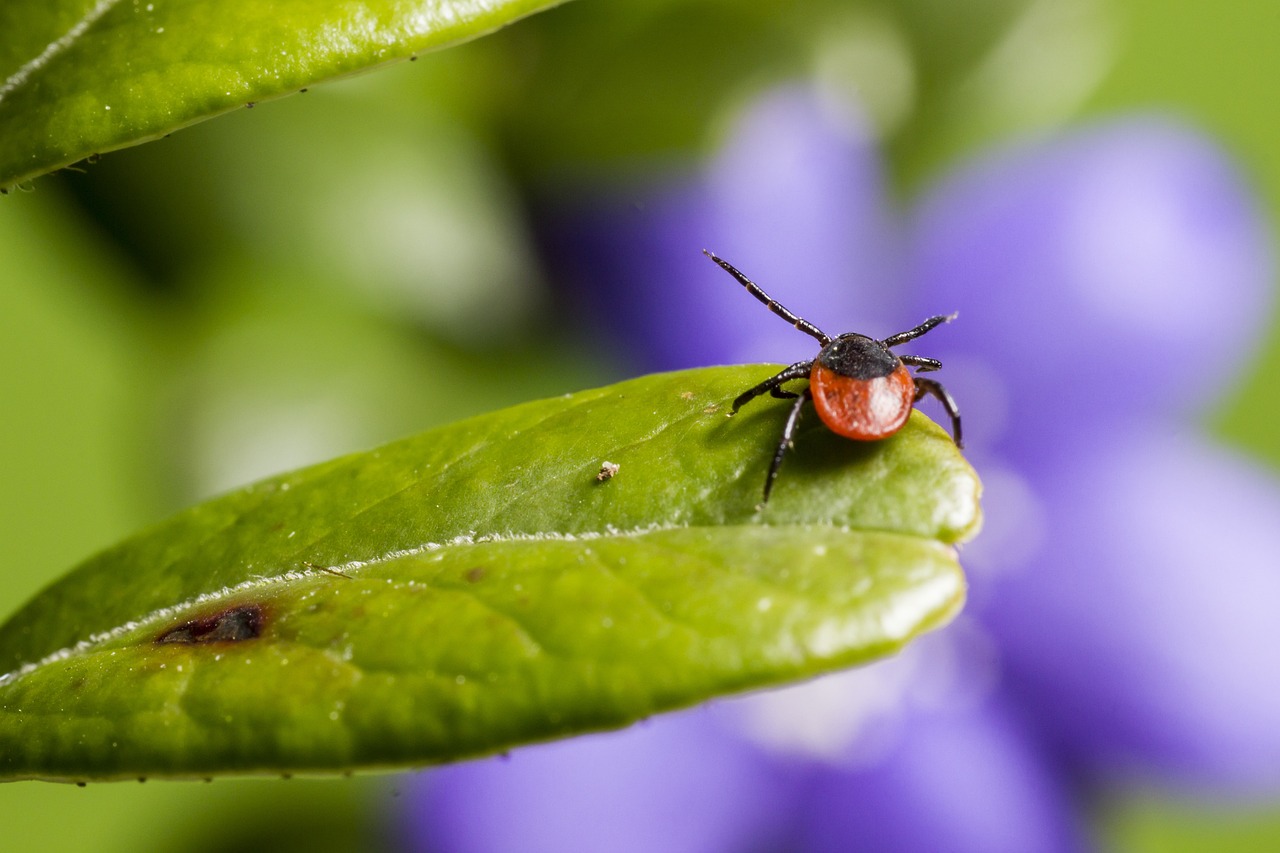Are you tired of constantly battling pests in your garden? Have you tried various techniques, but still can’t seem to get rid of them for good? It’s time to consider the role of beneficial nematodes in pest control.
These microscopic organisms are a natural solution that can help you achieve a healthier and more productive garden without the use of harmful chemicals. Beneficial nematodes are parasitic worms that live in the soil and feed on insects, such as grubs, beetles, and caterpillars. They are a natural predator to many common garden pests and can significantly reduce their numbers.
In this article, we will explore the basics of beneficial nematodes, how to identify which pests they control, how to apply them in your garden, and how to maintain a healthy soil ecosystem that supports their growth. By incorporating beneficial nematodes into your pest control strategy, you can reduce the need for harmful chemicals and create a more sustainable and natural environment for your plants to thrive.
Understanding the Basics of Beneficial Nematodes
It’s important to understand the basics of beneficial nematodes before using them for pest control. Beneficial nematodes are tiny worms that are commonly used as a natural way to control pests.
There are different beneficial nematode species, but they all have the same goal: to kill pests in the soil. Beneficial nematodes go through different life cycle stages – egg, juvenile, and adult – and they need a host to survive.
They work by infecting and killing their host, which could be a pest like a grub or a beetle. The nematodes release bacteria into the host’s body that kills it, and then they feed on the bacteria and the host’s body. Once they’ve consumed their host, they move on to find another one.
Beneficial nematodes are a great alternative to chemical pesticides because they’re safe for the environment, don’t harm beneficial insects, and can be used on a variety of crops.
Identifying Common Garden Pests Controlled by Nematodes
You can easily identify the common garden pests that can be controlled by nematodes. Some of the most common garden pests that can be controlled by nematodes include white grubs, cutworms, flea beetles, and root weevils. These pests can cause significant damage to plants and crops, but with the help of certain nematode species, they can be effectively controlled.
One of the most effective nematode species for controlling garden pests is the Steinernema feltiae. This species is known for its ability to control a wide range of pest larvae, including those of the above-mentioned insects.
Another nematode species that is commonly used for pest control is the Heterorhabditis bacteriophora, which is particularly effective against soil-dwelling pests such as root weevils.
By using these beneficial nematodes in your garden, you can effectively control common garden pests without the use of harmful chemicals.
Applying Beneficial Nematodes in Your Garden
When applying beneficial nematodes in your garden, don’t forget to water the soil first to ensure that they have a moist environment to thrive in. These tiny worms are very effective in controlling pests and can help reduce the need for chemical pesticides.
They work by entering the bodies of soil-dwelling pests like grubs, caterpillars, and weevils, and releasing bacteria that kill the pests from the inside. Different crops require different nematode species, so it’s important to choose the right one for your garden.
For example, Steinernema carpocapsae is recommended for controlling pests in lawns, while Heterorhabditis bacteriophora is effective against pests in vegetables and fruits. Applying nematodes is easy, and can be done using a sprayer or watering can. Simply mix them with water and apply to the soil, following the instructions on the package.
The benefits of nematode application include reduced pest damage, improved plant health, and a more sustainable approach to gardening.
Maintaining a Healthy Soil Ecosystem
Maintaining a healthy soil ecosystem is crucial for promoting plant growth and preventing the spread of harmful organisms. One way to do this is by promoting biodiversity. This can be done by adding organic matter to the soil, rotating crops, and planting cover crops. By doing so, you can attract a diverse range of beneficial organisms such as earthworms, fungi, and bacteria.
These organisms help to break down organic matter and create a nutrient-rich soil environment that is ideal for plant growth. Another important factor in maintaining a healthy soil ecosystem is soil fertility. Beneficial nematodes can play a key role in improving soil fertility by breaking down organic matter and releasing nutrients back into the soil.
By adding beneficial nematodes to your garden, you can increase the population of these organisms and improve the overall health of your soil. This will not only benefit your plants, but it will also help to prevent the spread of harmful organisms that can damage your crops.
By maintaining a healthy soil ecosystem, you can ensure that your garden thrives and produces healthy, vibrant plants year after year.
Monitoring and Evaluating the Effectiveness of Nematode Control
Monitoring and evaluating the effectiveness of nematode management strategies is crucial for ensuring the long-term health and productivity of soil ecosystems. Data analysis plays a vital role in this process as it helps to measure the success of nematode control measures.
Performance metrics such as population counts, crop yield, and plant health can be used to determine the impact of nematode control in the soil ecosystem. By analyzing these metrics, you can determine whether the nematode management strategy is effective or if further action needs to be taken.
To ensure effective nematode control, it’s essential to monitor the soil regularly. This can be done by collecting soil samples at different intervals and analyzing them for nematode populations. The data collected can be used to identify trends in nematode populations and determine whether the management strategy is effective.
Additionally, it’s important to monitor the plant health and yield to determine the impact of nematode control on crop productivity. By monitoring the soil and plant health, you can ensure that the nematode control strategy is effective and that the soil ecosystem remains healthy and productive.

Frequently Asked Questions
Can beneficial nematodes be harmful to plants or other beneficial insects?
Beneficial nematodes are generally safe for plants and beneficial insects, but precautions should be taken. It’s important to follow instructions on application and not use them in high concentrations, as this can harm non-target organisms. The benefits of using beneficial nematodes outweigh the potential risks.
How long does it take for beneficial nematodes to establish in the soil and start controlling garden pests?
Did you know that establishment time for beneficial nematodes varies based on the nematode species and environmental conditions? Some nematodes can start controlling pests within a week, while others may take up to a month.
Are there any specific environmental conditions that can negatively impact the effectiveness of nematode control?
Negative impacts on nematode control can be caused by environmental factors such as high temperatures and drought. These conditions can affect nematode survival, reproduction, and movement, leading to decreased pest control effectiveness.
Can beneficial nematodes be used in indoor gardening or only in outdoor gardens?
You can use beneficial nematodes for indoor gardening, but survival depends on temperature and humidity. They can control pests like fungus gnats and root aphids, making them a great option for indoor applications.
Is it necessary to reapply nematodes regularly or do they continue to control pests over a long period of time?
To maintain long term effectiveness, reapplication frequency is necessary for beneficial nematodes. They won’t continue to control pests indefinitely, so regular application is key for ongoing pest management.
Conclusion
Congratulations! You now have a good understanding of how beneficial nematodes can control pests in your garden. By applying them to your soil, you can effectively manage harmful insects like grubs, weevils, and fleas without harming other beneficial organisms.
Remember to always maintain a healthy soil ecosystem by avoiding the use of harmful chemicals and regularly adding organic matter to your soil.
After applying nematodes, it’s important to monitor and evaluate their effectiveness in controlling pests. If you notice that your pest problem is still present, you may need to reapply or consider using other pest management strategies.
With the help of beneficial nematodes, you can keep your garden healthy and thriving while minimizing the damage caused by pests. Good luck and happy gardening!










